You may notice a new look and feel here! We have merged our two morning newsletters and are excited to get you the most important news, features and recommendations from the L.A. Times and beyond, in a sleeker and faster presentation.
Good morning. It's Friday, Sept. 8. Here's what you need to know to start your day.
- Are safety concerns about e-bikes misplaced?
- California water conservation rules could force big cuts
- 12 glorious spots to take in the crisp 70-degree air in California's Central Coast
- And here's today's e-newspaper
There's a car-sized hole in recent e-bike safety concerns
Earlier this summer, Brodee Champlain Kingman, a 15-year-old, was hit and killed by a driver while riding an e-bike in the city of Encinitas.
Following his death and another crash that involved a car striking a teen e-bike rider, the city declared a state of emergency. Officials blamed "conditions of extreme peril … caused by the increased prevalence of [e-bikes], other similar electric or motorized mobility devices, and traditional bicycles on city streets."
I noticed a car-sized hole in much of the media coverage and government response; overwhelmingly, the collisions and injuries and deaths resulted from a car driver hitting a bike rider. But you wouldn't necessarily know that from reading news articles or government reports.
The focus on young e-bike riders' safety can obscure the bigger crisis: People driving cars and trucks are killing more people on our roads.
What is Encinitas doing in face of this emergency? They've launched a public education campaign on yard signs and electronic billboards aimed at raising awareness of traffic safety issues. The San Diego County Sheriff's Department is tasked with stopping e-bike riders for violations and requiring mandatory education or a fine. City officials will also consider "potential safety improvements" to local streets in a meeting next week, a city spokesperson told me.
In the emergency resolution, officials wrote that collisions involving bikes or e-bikes increased each of the past three years. From 2020 through the end of June 2023, they report 109 such collisions on city streets. They did not mention how many of those collisions involved a car.
So I put that question to the sheriff's department, which manages collision data, and was provided figures showing 86 crashes involving electric bikes from the start of 2020 through the end of July 2023. The vast majority of those crashes — roughly 88% — also involved someone driving a car or truck.
If the goal is to understand what makes streets dangerous, we have to look at cars. The biggest danger bike riders, pedestrians and everyone else face is a transportation system built to move cars and move them quickly. The consequences of that system are abundantly clear.
There's been notable media attention on e-bikes and robotaxies as we attempt to understand their potential — both positive and negative. Concerns over electric scooters similarly held our attention before the pandemic, but as government officials established regulations, the coverage of the chaos they brought to cities fizzled. It's easier to focus on the unfamiliar than to scrutinize the dangerous machines we've used for more than a century.
In the U.S., more than 42,000 people were killed in traffic last year. In California alone, nearly 3,700 people have died in crashes on average in each of the past five years. That's roughly 10 people each day.
In the face of that mounting death toll, how does declaring a state of emergency in response to a rise in collisions involving e-bikes stack up?
Jared Sanchez, policy director for the nonprofit bicycle organization CalBike, told me the small but increasingly vocal group of bike advocates generally supports increased education for bike riders. But he's concerned that the focus on safety, especially related to children, represents a form of victim blaming and a backlash to the increasing embrace of e-bikes as an alternative to car travel.
"It's easier to pinpoint or regulate not just vulnerable road users, but [also] the minority mode on our roads and streets," Sanchez said.
"The more [bikes] we have on the road, I think the safer folks will be," he added. "The infrastructure and the funding will follow."
Today's top stories
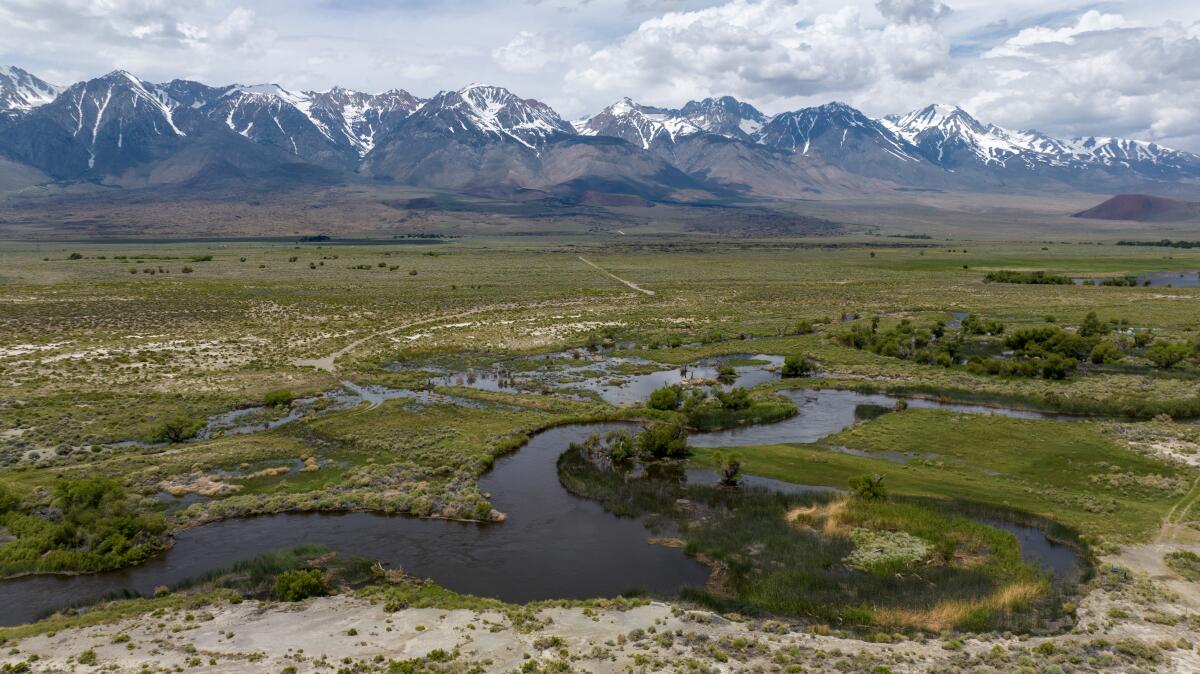
The Owens River flows south toward the Los Angeles Aqueduct in June. (Brian van der Brug / Los Angeles Times)
California's climate challenge
The latest on the strikes
COVID and flu in California
More big stories
Get unlimited access to the Los Angeles Times. Subscribe here.
Today's great reads
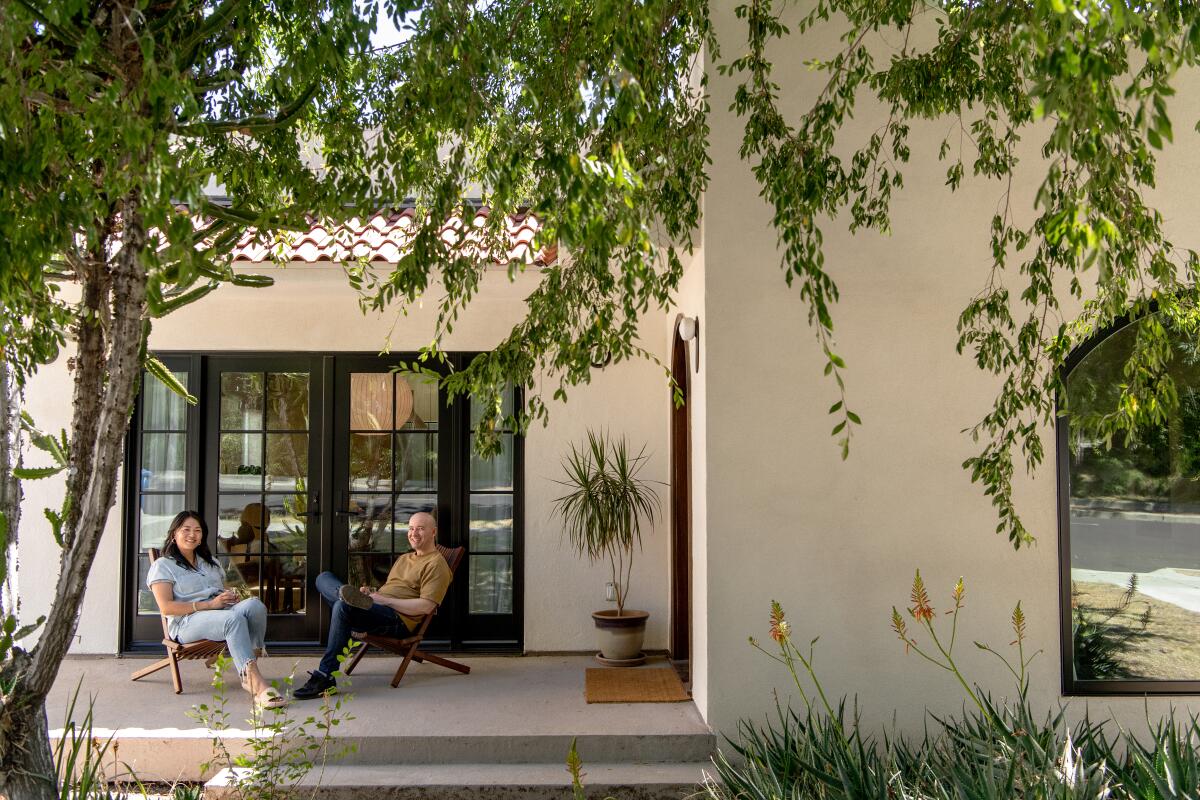
(Mariah Tauger / Los Angeles Times)
How a Spanish bungalow in L.A. went from sad to sexy. When Jing Guo and Gabriel Taylor Russ first bought their Eagle Rock home, they had to hire someone to rip out the urine-soaked flooring. Now, European French oak engineered hardwood floors contribute to the home's clean look.
Other great reads
How can we make this newsletter more useful? Send comments to essentialcalifornia@latimes.com.
For your downtime
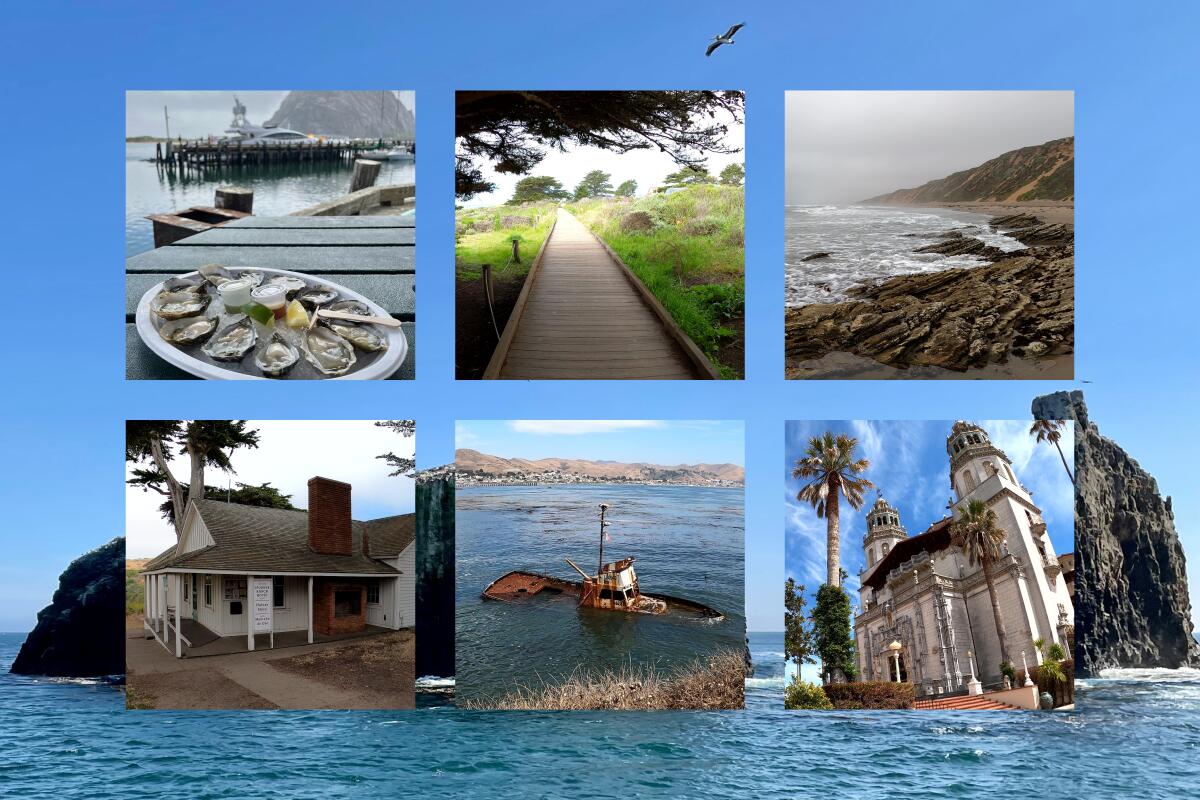
(Photos by Edwin Goei and Gemma Calilong)
Going out
Staying in
And finally ... a great photo
Show us your favorite place in California! Send us photos you have taken of spots in California that are special — natural or human-made — and tell us why they're important to you.
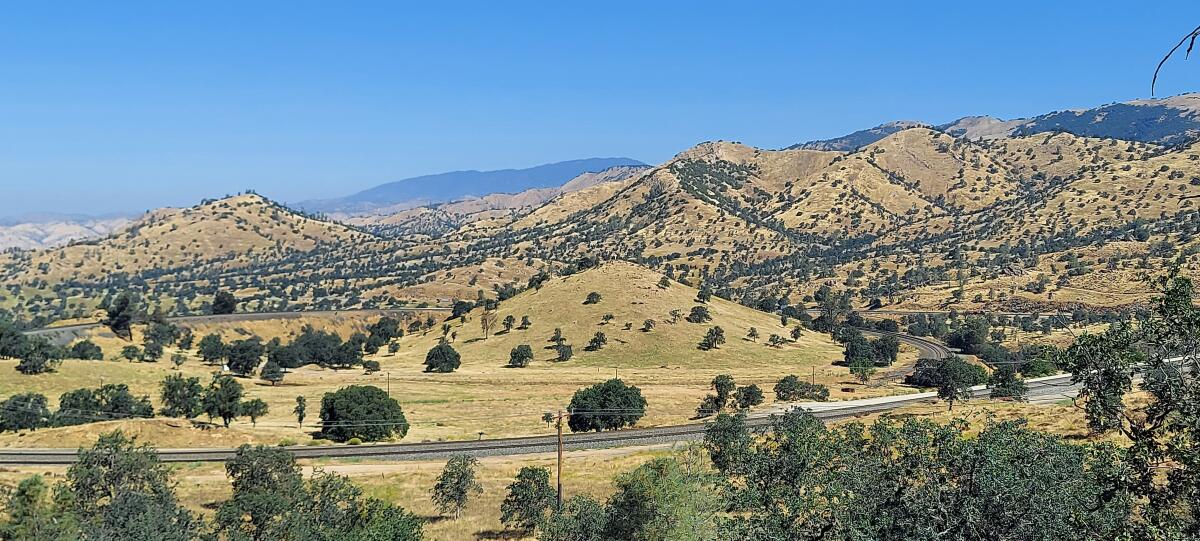
The Tehachapi mountains off the 58 Freeway outside of Keene, Calif. (Debra Liestman)
Today's great photo is from Debra Liestman of Tehachapi, Calif.: The Tehachapi Loop.
Debra writes:
The Tehachapi Loop is a marvel built landmark which took only 2 years to construct from 1874 to 1876.
Have a great day, from the Essential California team
Ryan Fonseca, reporter
Elvia Limón, multiplatform editor
Kevinisha Walker, multiplatform editor
Laura Blasey, assistant editor
Check our top stories, topics and the latest articles on latimes.com.

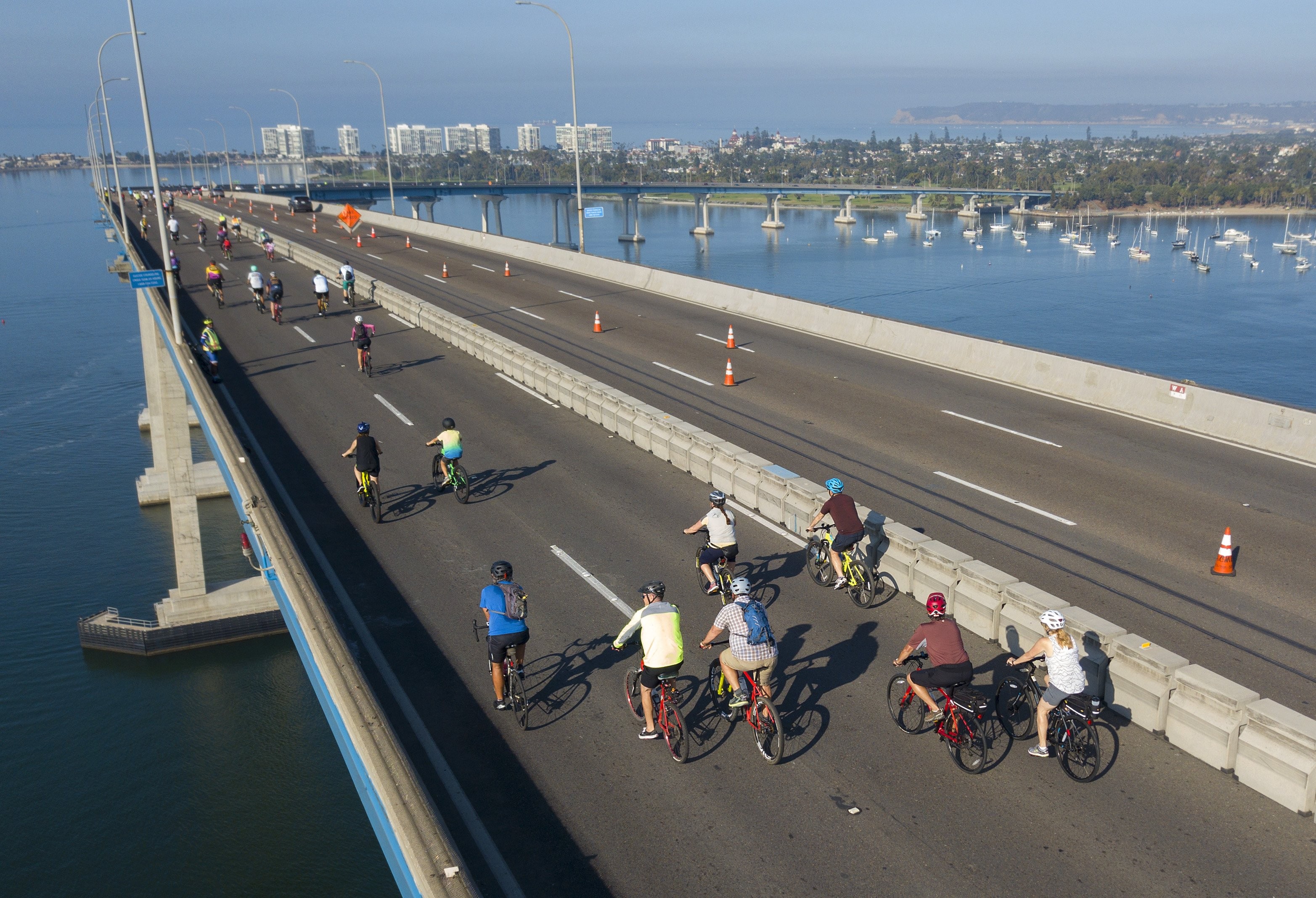





Comments
Post a Comment